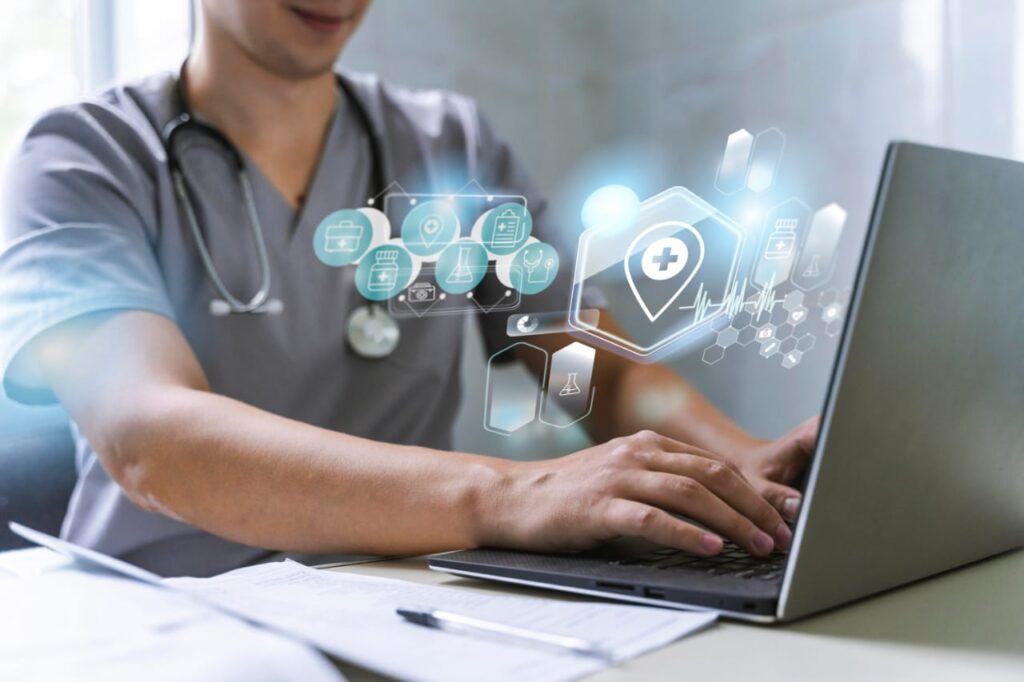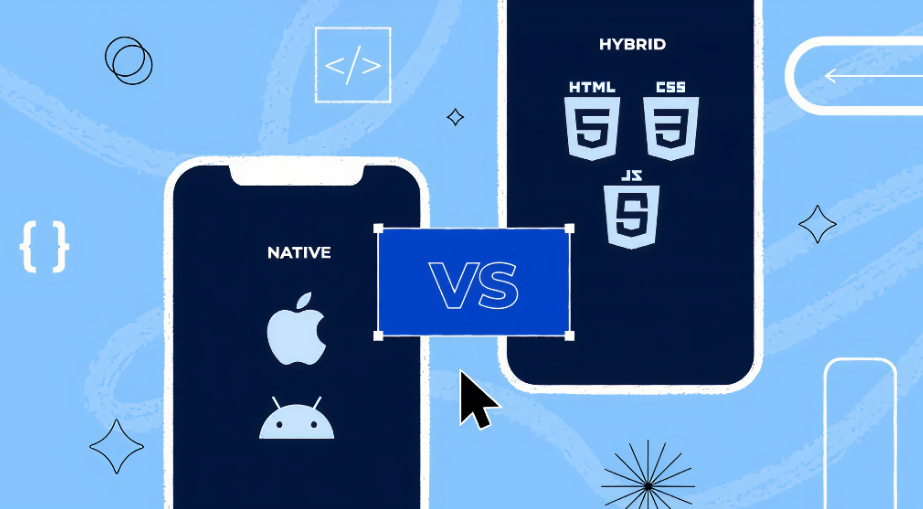The treatment of chronic disorders such as Diabetes, hypertension, heart failure, and COPD has always been one of the most difficult to deal with in health care. Even in the era of medical development, not all patients are covered by the functional and fragmented system based on occasional and shorter visits to the clinic. The outcome is inadequate protection against disease, avoidable admissions to hospital, and higher health expenditures.
The traditional care model is reactive. The patients are supposed to know when something is off and then ask for assistance, even, it may be late since it would already be in its worst state. This delay costs lives, money, and quality of life. Chronic ill conditions must be addressed as such regularly, as well as at the earliest stage possible, and the majority of providers can do nothing of the sort on their own.
That is the point where the combination of Remote Patient Monitoring (RPM) and Chronic Care Management (CCM) proves an innovation. A combined implementation of these programs equips providers with the means to monitor the health of the patients in real time, providing them with the human touch necessary to keep the patients compliant and interested.
Understanding RPM and CCM
RPM and CCM are distinct services but deeply complementary. RPM aims at gathering physiological data of patients at home, including blood pressure, glucose levels, oxygen saturation, and weight readings on connected devices. Such information is sent securely to the provider, who is able to respond swiftly by taking actions where values do not vary within the range that is desired.
On the other hand, CCM is more relationship-based. It entails non-facial care coordination with patients having two or more chronic conditions. It involves phone follow-ups on a monthly basis, medication reconciliation, scheduling new appointments, lifestyle coaching, and verification of whether the patient is adhering to their plans of care. CCM has nothing to do with data; it is about conversation, education, and accountability.
Comprehensively, the two, RPM and CCM, fill in the gap between the clinical and behavioral dimensions of chronic illness management. RPM provides real-time clinical data; CCM makes patients fully aware of such data and act on it. One of them delivers a constant flow of information to the providers; the other ensures that patients remain connected and supported between visits.
Why Pairing RPM and CCM Leads to Better Outcomes
On their own, RPM or CCM would have a moderate rate of improvement. However, when combined, they form a full circle model of care that approaches the figures and the mind behind it.
RPM could inform you that a patient continually has high blood pressure, but without CCM, a care provider would not know that the patient is not taking medicine because of side effects or being confused. Through periodic CCM outreach, care administrators will be able to unearth those obstacles and overcome them either financially, educationally, or psychologically.
It is possible that the CCM platform alone can keep patients active, but without the clinical information provided by RPM, care managers cannot do much more than act blindfolded. They work based on the information that they get from patients, which is not always full or correct. The combination of the two implies that decisions will be made according to the real information as well as real-life situations.
Such a two-pronged solution results in the sooner interventions, reduced hospitalization, increased adherence to medical treatment, and more individual treatment modification. To the patients, it means that they are cared about, watched, and listened to not only in the offices, but throughout the day.
How Signallamp Health Is Putting This Model Into Practice
Signallamp Health is one of the companies that are making great efforts to integrate RPM and CCM. Not like a lot of other digital health companies that are just software, technology-based, or device-based, Signallamp has modeled itself around human-led, technology-enabled care. They host specially-trained nurses in physicians’ offices to provide consistent CCM and use RPM technologies to promote more clinical management.
The difference between the Signallamp approach and that of others is that Signallamp does not simply ship devices, and it is up to the providers to work it out. They take on the operational workload that is involved in running a practice, so there is certainty in staffing, documentation, compliance, and interaction with patients to leave practices with time to devote to clinical care. The relations that their nurses create with patients are established, and they are trained on how to operate RPM tools as well as gather data. Physicians are, in the meantime, notified only when they are supposed to take some action.
The Financial and Operational Advantages for Providers
Other than better results, the integration of RPM and CCM also pays out in a business sense. They both can be reimbursed under Medicare with different CPT codes, meaning that providers could earn a sustainable revenue and provide better care at the same time.
Delivery of care is also done efficiently due to the integration of the two programs. As RPM lets providers know who among the patients is clinically unstable and CCM teams also actively involve such patients, the providers can devote their time to the ones who require their attention the most. Such a specific strategy will result in efficient utilization of clinical resources and reduced burnout in care teams.
Much of the compliance and documentation work is also processed by platforms such as Signallamp, which is also critical in the current regulatory environment. Program scaling is possible in the clinics, and it does not burden them with paperwork because all activities are documented, tracked, and reported as required by CMS.
Conclusion
The old siloed care model is pre-mature-and rightly so. It is costly, wasteful, and risky to patients who have chronic health issues. The future is in the integrated, longitudinal care that is the best of both worlds of technology and human interaction. RPM provides health professionals with a peek into the lives of patients; CCM provides patients a platform to be vocal and a support system. The combination of them creates the foundation of an effective and contemporary model of chronic care, which is designed to work.






